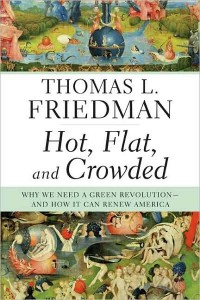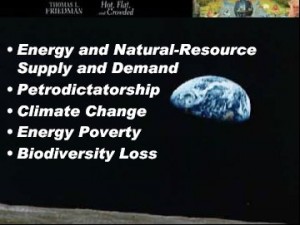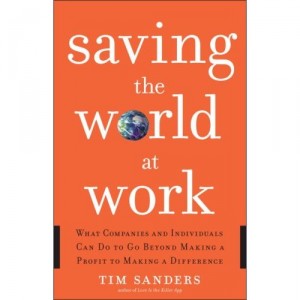Building transparency builds trust
“Trust your people. No matter what happens. When you give trust you get trust.” -Howard Behar, Former President, Starbucks
Howard said it referencing internal transparency, but of course he was standing on the shoulders of giants before him who said it many times over about the importance of honesty among colleagues. What happens when you build trust and transparency in the marketplace as well? Now, possibly more than ever in free trade commerce, consumers are asking discriminating questions about the source and visibility of the product chain. A couple years ago Michael Pollen’s Omnivore’s Dilemma was one of many shots over the bow of comestible providers to say out loud that not only should food providers be more transparent in their sourcing and growing process, but that the consequences were market loss due to loss of trust. Apply that principle to your t-shirts, or XBoxes, or even consulting or intellectual efforts – the market has a heightened bullshit detector and it has become increasingly difficult to hide as a provider. If you have been able to stomach watching Food Inc., you’ll walk away with another insight altogether.
The Organic Exchange, with Historic Futures, has pioneered a track and trace program which validates the materials sourcing process to assert to the market that the end product has integrity. The key idea is that, while providers do not “own” their supply chain per se, they must be accountable in building value along the way, and are ultimately accountable to the consumer that their product created value at all points along the chain. Wouldn’t you feel better knowing your killer flash new sneakes weren’t stiched by child labor? In this interview, David Bennell, Executive Director of Organic Exchange explains what this is all about.






